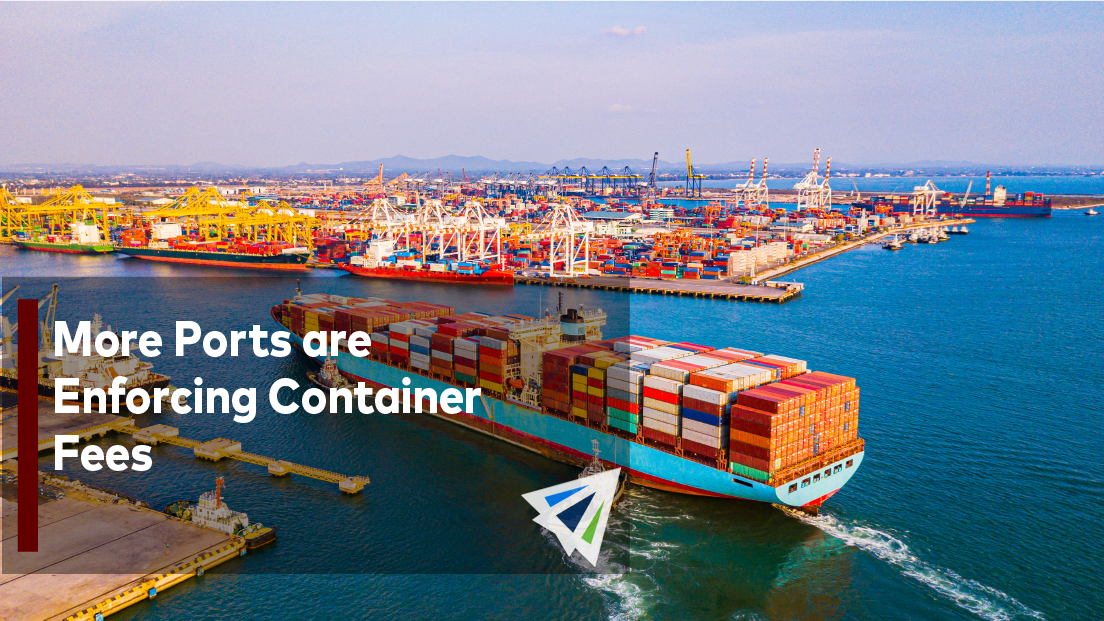One would likely assume that over the last year efficiency has improved at ports, but that’s not necessarily the case. While some ports – such as the port of Charleston – have made necessary adjustments and infrastructure changes prior to the pandemic to keep cargo moving at efficient rates, that isn’t the story for most ocean ports.
Despite the growing import volumes, congestion is at an all-time high, and container yards are actually having a lot of difficulty getting shippers to pick up their containers. It’s not entirely the shippers’ fault – we all are well aware of the trucker shortage and insane congestion that has brought so many companies’ supply chains to a screeching halt. But the fact remains that amidst all the various industry bottlenecks, shippers have eased on their urgency to get cargo out of ports and streamline their logistics processes this year. Delays are expected and almost “built in” to their plan for pickup and delivery.
Container Fees to Alleviate Congestion
To address the overwhelming congestion issues, several ports are enforcing container fees. Los Angeles and Long Beach already implemented steep fees on long-resting containers at their terminals. More recently, the Port of Tacoma has followed in their footsteps, in which two terminals are instituting long-resting container fees as well. The fees are being added with the goal of igniting some urgency in shippers and to reduce congestion by restoring some semblance of efficiency to the port grounds.
Husky Terminal & Stevedoring just started a $315 fee on containers that have sat on port grounds for more than 15 days. Tacoma’s Washington United Terminal is imposing a similar fee of $310 on containers that have sat for the same length of time. Both terminals are requiring that the fees are paid before the cargo is released.
Interestingly, these fees are being enforced by private terminal operators – not port officials. Also, they are one-time fees, and they won’t escalate with time. The fees are also exclusively leveraged against shippers – not ocean carriers.
The most interesting aspect of all the congestion is that congestion is significantly higher and efficiency lower now than pre-pandemic times despite the fact that import activity is actually down since then at the ports of Tacoma and Seattle. The ports are handling similar (even slightly less) containers than before, yet import dwell of containers is significantly higher than in 2020.
The fees aren’t arbitrary though – terminal operators are trying to make clear that the fees are necessary to cover their losses as a result of wasting time re-handling cargo that should’ve been cleared from the yards much earlier. The increase in import dwell is impacting yard fluidity, and terminal operators are being forced to perform multiple re-handles of the same containers to make room for more containers – all of which just sit, for days on end, at the port.
Husky issued a message clarifying this, claiming that the fees are intended to cover the re-handling necessary to reposition containers from the back piles of the port to the front for delivery. The hope is these recent changes to fees spark urgency in shippers to get their cargo out of port grounds and restore some efficiency to operations at Tacoma.
